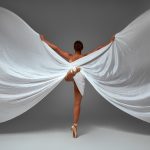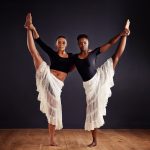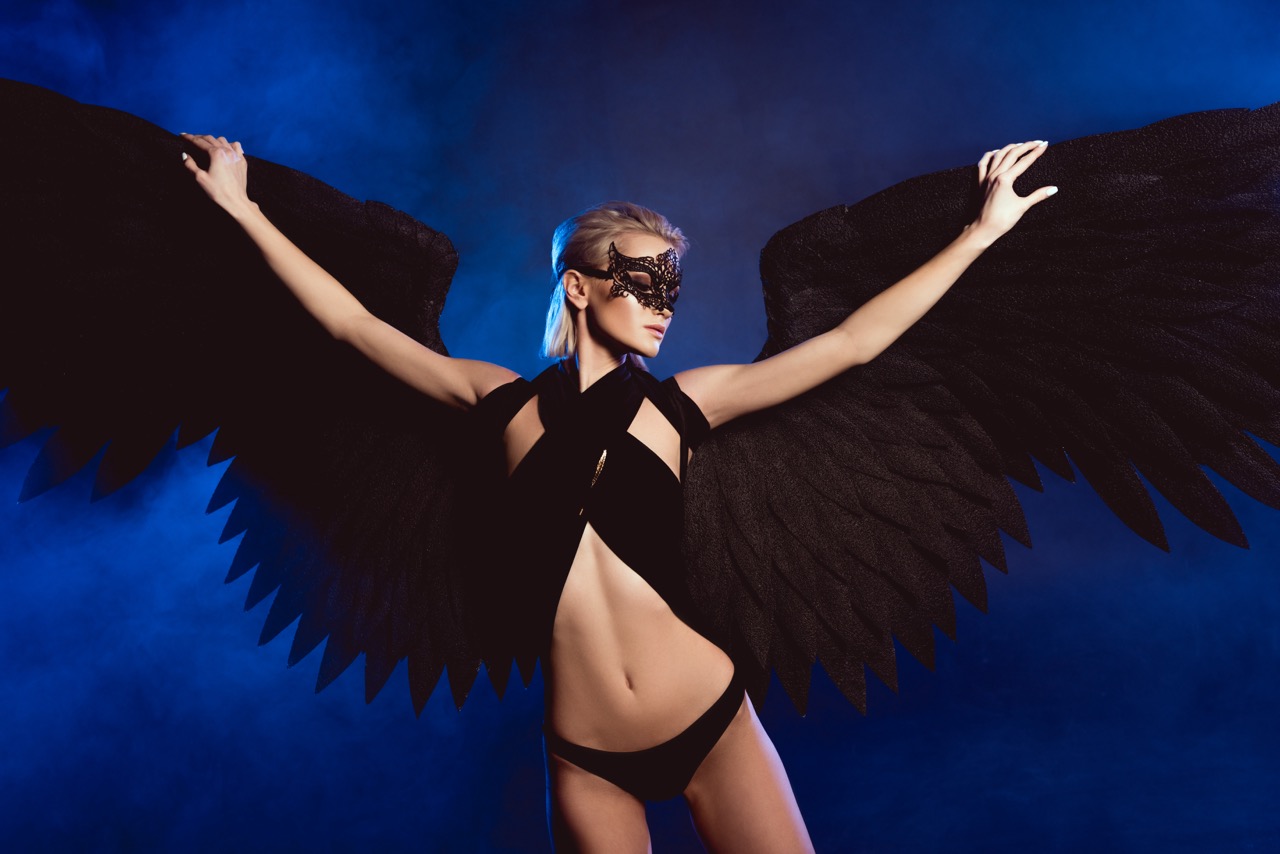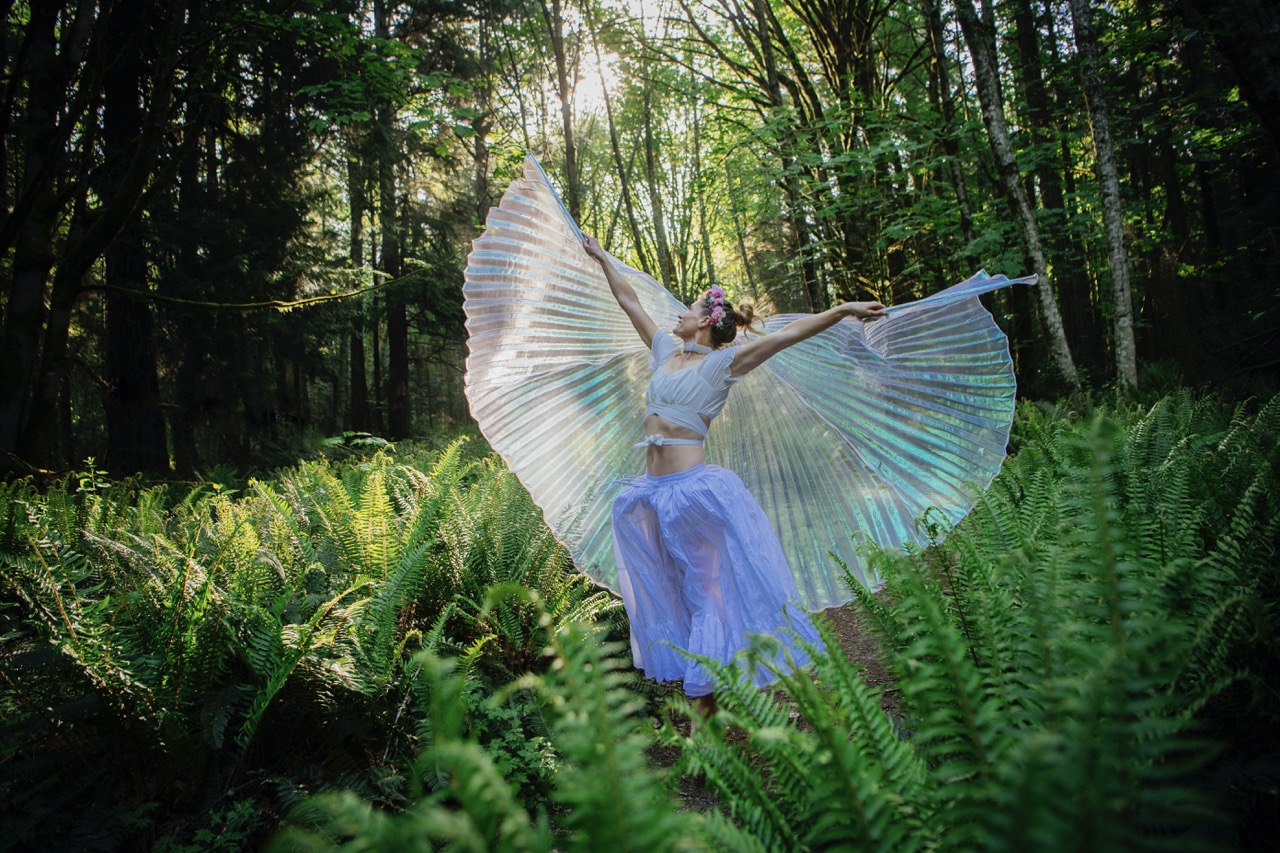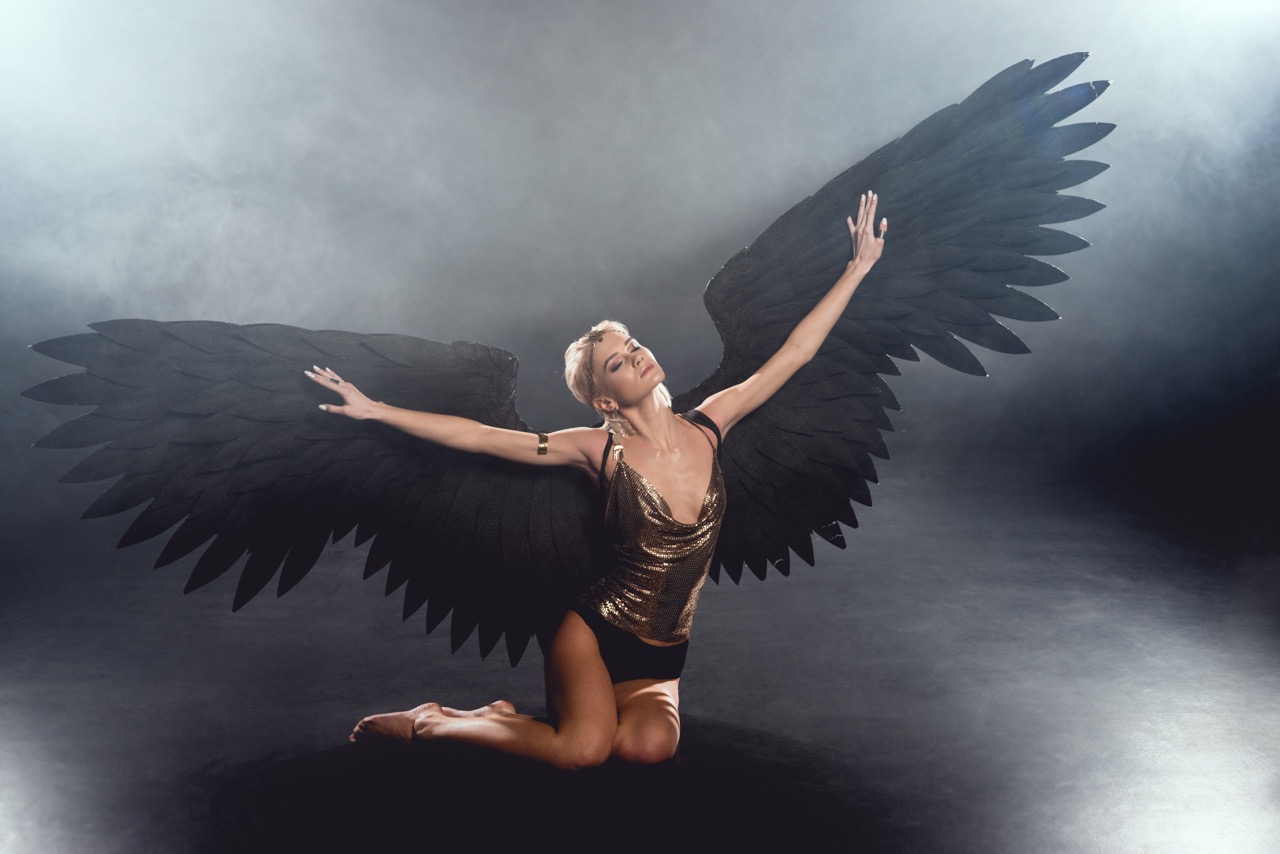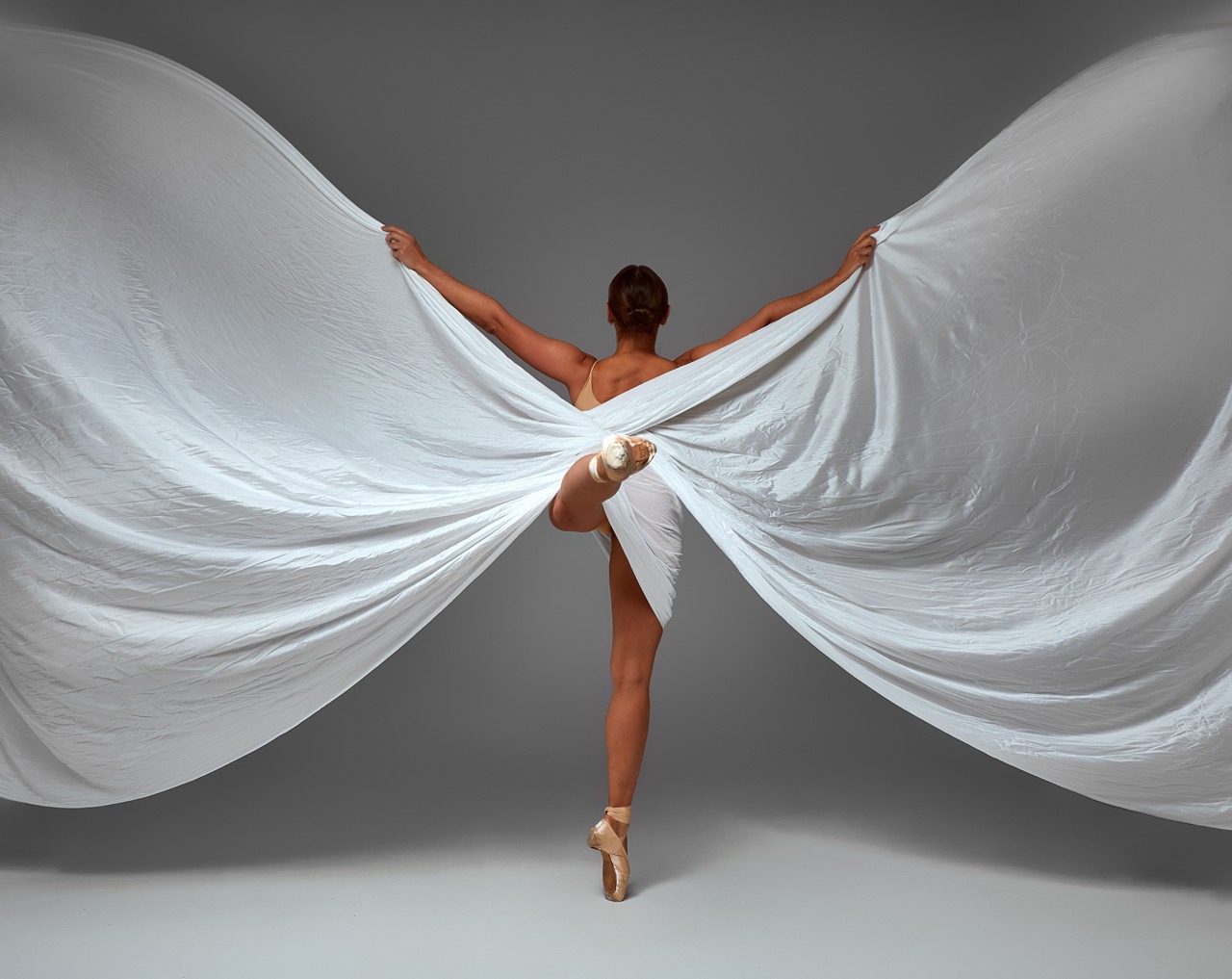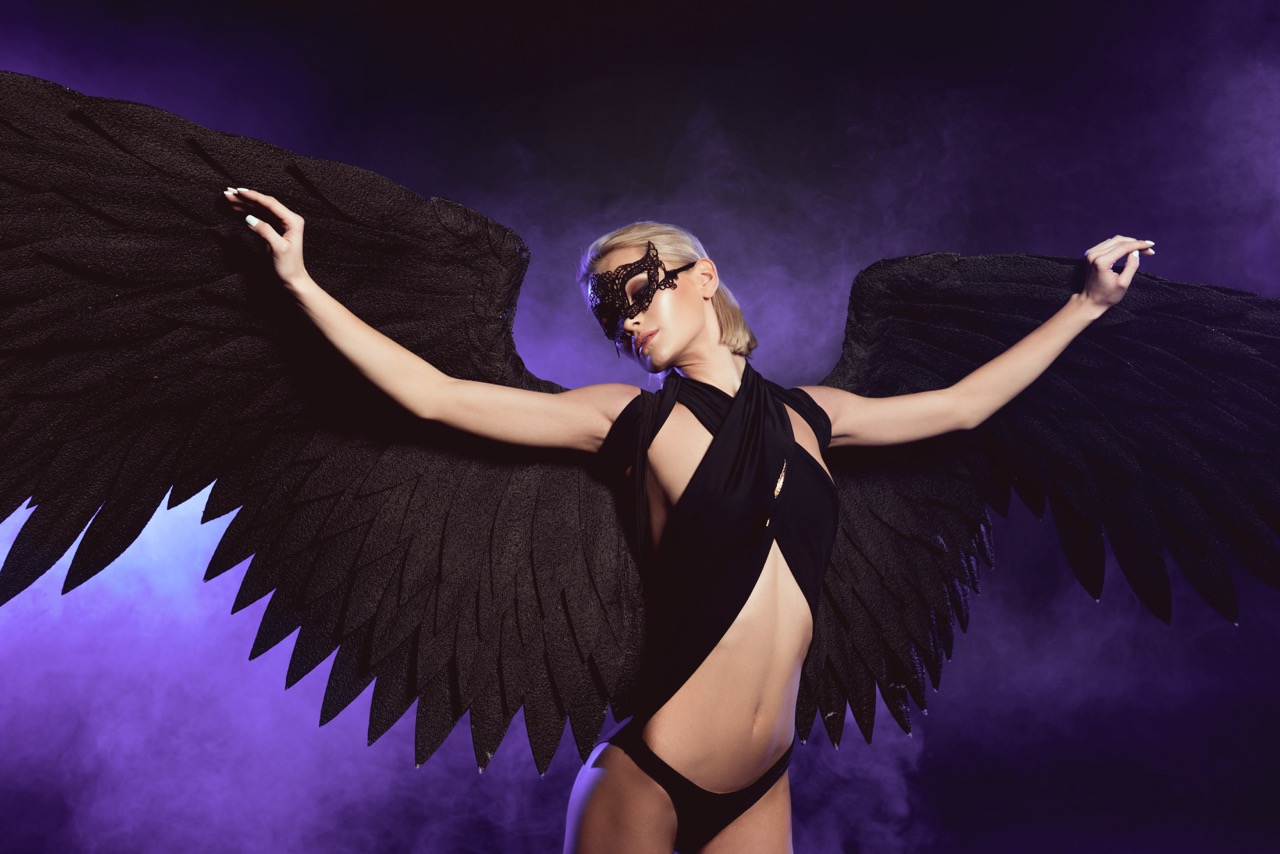Dance is an ancient form of expression that transcends language and culture, allowing performers to convey emotions, stories, and experiences through the intricacies of movement. In the realm of expressive and interpretive dance, the use of props can play a pivotal role in elevating the performance to new heights. Among the most enchanting and versatile props are dance wings—flowing extensions worn by dancers that can transform a simple routine into a breathtaking spectacle. This article delves into the multifaceted role of dance wings, exploring their impact on movement expression, their transformative nature, their ability to evoke emotions, and the profound connection they foster between the performer and the audience.
Unveiling the Magic: Dance Wings in Movement Expression
Dance wings serve as a captivating visual element that enhances the choreography of a performance. These lightweight, flowing fabrics are often designed to mimic the grandeur of bird wings, allowing dancers to create an illusion of flight and freedom. With each movement, the fabric catches the light, draping gracefully around the dancer’s body, and adding depth to the visual narrative being expressed. The fluidity and rhythm of the wings can complement the dancer’s movements, amplifying the overall aesthetic of the piece and providing a stunning backdrop that mesmerizes the audience.
Moreover, dance wings allow for a unique form of storytelling. As dancers manipulate their wings, they can change the dynamics of their performance, interpreting emotions or themes through the rise and fall of the fabric. For instance, a sudden, powerful movement may evoke feelings of struggle or triumph, while a gentle sway can convey serenity or grace. The wings act as both an extension of the dancer’s body and a tool for narrative enhancement, inviting the audience to lose themselves in the story being told.
The use of dance wings also encourages improvisation and spontaneity in performances. Dancers can explore new dimensions of expression by integrating their wings into their movements, creating a dialogue between the fabric and their bodies. This interplay fosters creativity, allowing dancers to evolve their routines over time, ensuring that each performance feels fresh and engaging. In this sense, dance wings become a transformative element that elevates both the dancer and the artistry of the dance itself.
The Art of Transformation: Wings as a Dancer’s Canvas
Dance wings are not merely costumes; they are vibrant canvases upon which dancers can paint a myriad of emotions and stories. The colors, patterns, and textures of the wings can reflect the themes of the performance, allowing the dancer to embody the spirit of the piece visually. Bright, bold hues may represent joy and celebration, while darker tones can signify sorrow or introspection. This visual language enriches the performance and provides the audience with cues that enhance their understanding of the artistic message.
As dancers manipulate their wings, they engage in a form of physical artistry that adds layers to their movement. The way the fabric billows, folds, and flows in response to the dancer’s motions creates a dynamic interplay of light and shadow, echoing the complexities of human emotion. This transformation of space and time through dance wings invites audiences to experience the performance not just as spectators but as participants in an unfolding story that is both personal and universal.
Additionally, the transformative nature of dance wings extends beyond aesthetics; they allow dancers to embody different characters and personas. By altering how they wield their wings, dancers can transition seamlessly between various emotional states or narrative arcs, showcasing their versatility and artistic range. This ability to shift identities is a hallmark of expressive dance, and dance wings serve as an essential instrument in this transformative journey.
Enhancing Emotion: How Dance Wings Evoke Deeper Feelings
The emotional resonance of a performance can be dramatically heightened through the use of dance wings. These flowing fabrics can symbolize freedom, confinement, fragility, or strength, depending on how they are employed in the choreography. When a dancer’s wings unfurl dramatically, it can evoke feelings of liberation and expansiveness, while a more subdued movement may convey vulnerability or introspection. The duality of the wings’ presence allows for a rich tapestry of emotions that can touch the hearts of the audience.
Moreover, the visual spectacle of dance wings can amplify the emotional weight of a performance. As dancers glide across the stage, the wings create a visual poetry that underscores the emotional narrative. The movement of the fabric can mimic the dancer’s breath and heartbeat, creating a visceral connection with the audience. This synergy between the dancer and their wings fosters a space where emotions can be shared and experienced collectively, enhancing the impact of the performance.
Ultimately, the interplay between movement and the fabric of the wings can lead to cathartic experiences for both the performer and the audience. Dance wings serve as a conduit for expressing complex feelings, allowing dancers to navigate the nuances of joy, sorrow, love, and loss. By harnessing the power of wings, dancers can create an emotional landscape that resonates deeply, leaving an indelible mark on the hearts of those who witness the performance.
From Stage to Soul: The Impact of Wings in Performance
The presence of dance wings on stage transforms the energy of a performance, creating an immersive experience for the audience. Each flutter, swirl, and wave of the wings contributes to a visual spectacle that captivates and enchants. The dynamic movement of the fabric creates a sense of movement that extends beyond the dancer’s physical limitations, inviting spectators to engage with the performance on a deeper level. This shift from mere observation to emotional involvement is a hallmark of powerful dance, and wings play a crucial role in facilitating that connection.
Furthermore, the use of dance wings can foster a profound sense of unity between the performer and the audience. As dancers navigate their journey through the art of movement, the wings become a shared language that transcends barriers. The audience is invited to interpret the story being told, allowing them to reflect on their emotions, experiences, and interpretations. This sense of connection transforms the performance from a solitary act into a communal experience, where shared feelings linger in the air long after the last note has faded.
Ultimately, the impact of dance wings extends far beyond the visual spectacle they create. They enrich the narrative, enhance emotional expression, and deepen the connection between performer and audience. As dancers take flight in their artistry, the wings become a bridge, linking the tangible realm of movement with the intangible experience of shared emotion. In this way, wings play a pivotal role in the transformative power of dance, resonating in the souls of all who witness their beauty.
Dance wings, with their ethereal grace and visual splendor, represent a powerful tool for expression in the world of dance. They elevate movement, enhance storytelling, and evoke profound emotions, creating a rich tapestry of experience for both dancers and audiences alike. As we celebrate the artistry of dance, it is essential to acknowledge the significant role that these stunning props play in shaping performances and fostering connections that transcend words. In the realm of expressive and interpretive dance, dance wings are not just accessories; they are integral to the magic that unfolds on stage, inviting us all to take flight on a journey of feeling and imagination.


